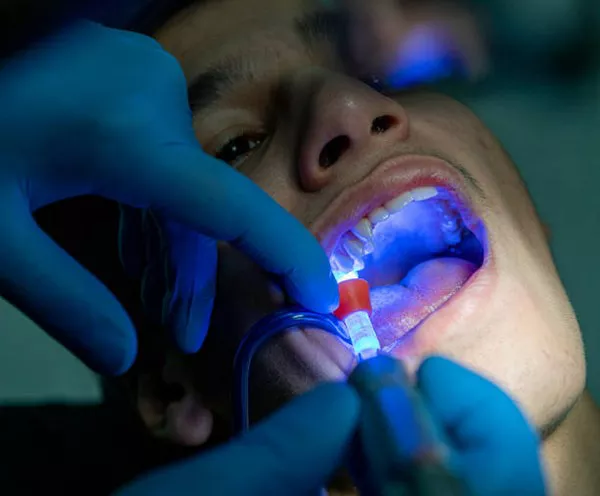Orthodontic retainers play a crucial role in maintaining the alignment of teeth after braces or other orthodontic treatments. Understanding the costs associated with retainers, especially with insurance coverage, can help patients plan and manage their dental expenses more effectively. This article provides a comprehensive overview of retainer costs, insurance coverage, types of retainers, factors affecting costs, protection plans, and the importance of consulting with orthodontists.
Cost Breakdown
Average Cost of Retainers
The cost of retainers can vary significantly based on several factors, including the type of retainer, the provider, and whether insurance is involved. Here is a detailed breakdown of the average price ranges for retainers with and without insurance:
Without Insurance:
- Hawley Retainers: $150 to $300 per arch (upper or lower)
- Essix Retainers: $100 to $250 per arch
- Vivera Retainers: $400 to $1,200 for a set of four retainers
- Bonded (Permanent) Retainers: $250 to $500 per arch
With Insurance:
- Hawley Retainers: $75 to $150 per arch (if partially covered)
- Essix Retainers: $50 to $125 per arch (if partially covered)
- Vivera Retainers: $200 to $600 for a set of four retainers (if partially covered)
- Bonded (Permanent) Retainers: $125 to $250 per arch (if partially covered)
Insurance Coverage
Dental insurance coverage for retainers varies widely among different plans. Here are some general guidelines on how insurance may cover retainer costs:
Percentage Coverage: Most dental insurance plans cover a percentage of orthodontic treatments, including retainers. Coverage typically ranges from 20% to 50%.
Conditions and Limitations: Insurance plans may have specific conditions or limitations, such as age restrictions, lifetime maximums, or waiting periods before coverage begins.
Some plans only cover retainers if they are part of an initial orthodontic treatment plan, rather than replacements.
Verification with Insurance Providers
It is essential to verify with your insurance provider to understand the specifics of your coverage. Contacting the insurance company directly or consulting with your orthodontist’s office can help clarify what is covered under your plan.
Types of Retainers
There are several types of retainers available, each with its own cost structure and benefits:
Hawley Retainers:
- Made of acrylic and metal wire.
- Durable and adjustable.
- Cost: $150 to $300 per arch without insurance.
Essix Retainers:
- Clear plastic retainers.
- Less visible but may wear out faster.
- Cost: $100 to $250 per arch without insurance.
Vivera Retainers:
- Made by Invisalign and come in a set of four.
- High durability and custom fit.
- Cost: $400 to $1,200 for a set without insurance.
Bonded (Permanent) Retainers:
- Fixed behind the teeth.
- Long-lasting but require careful cleaning.
- Cost: $250 to $500 per arch without insurance.
See Also: How To Use Orthodontic Wax
Factors Affecting Cost
Several factors can influence the overall cost of retainers:
Type of Retainer:
Different types of retainers come with varying costs due to materials, manufacturing processes, and longevity.
Provider: Orthodontist fees can vary based on experience, location, and practice overhead.
Durability: Higher quality, more durable retainers, such as Vivera, tend to cost more upfront but may last longer, reducing the need for replacements.
Retainer Protection Plans
Many orthodontic practices offer protection plans that can help offset the cost of replacing lost or damaged retainers. These plans typically involve an upfront fee and provide a certain number of replacements over a specified period.
Benefits of Protection Plans:
- Peace of mind knowing replacements are covered.
- Cost savings on replacements compared to out-of-pocket expenses.
Typical Costs:
Protection plans can range from $100 to $300 per year, depending on the provider and coverage specifics.
Consultation with Orthodontists
Consulting with an orthodontist is crucial for obtaining a personalized quote based on your specific needs. During the consultation, the orthodontist can:
- Assess the condition of your teeth and recommend the most suitable type of retainer.
- Provide detailed cost estimates and discuss payment options.
- Verify insurance coverage and help with submitting claims.
Discounts and Offers
Orthodontic practices may offer discounts or special offers to help make retainers more affordable. These can include:
Multiple Set Discounts:
Reduced prices for ordering multiple sets of retainers at once.
Referral Discounts: Discounts for referring new patients to the practice.
Seasonal Promotions: Special offers during certain times of the year.
Payment Plans: Flexible payment plans that allow spreading the cost over several months.
Out-of-Pocket Costs
For those without insurance or for services not covered by insurance plans, out-of-pocket costs can vary significantly. Factors influencing these costs include:
Type of Retainer: Hawley, Essix, Vivera, and bonded retainers have different price points.
Frequency of Replacement: The need for frequent replacements can increase overall costs.
Orthodontist Fees: Variations in fees based on the provider’s location and expertise.
Conclusion
Understanding the costs associated with retainers and how insurance can help cover these expenses is crucial for effective financial planning. Retainers play an essential role in maintaining the results of orthodontic treatment, and their cost can vary based on the type, provider, and individual needs. Consulting with an orthodontist, verifying insurance coverage, and exploring available discounts and protection plans can help manage these costs effectively. By taking these steps, patients can ensure they receive the necessary care while maintaining their financial well-being.
You Might Be Interested In
































